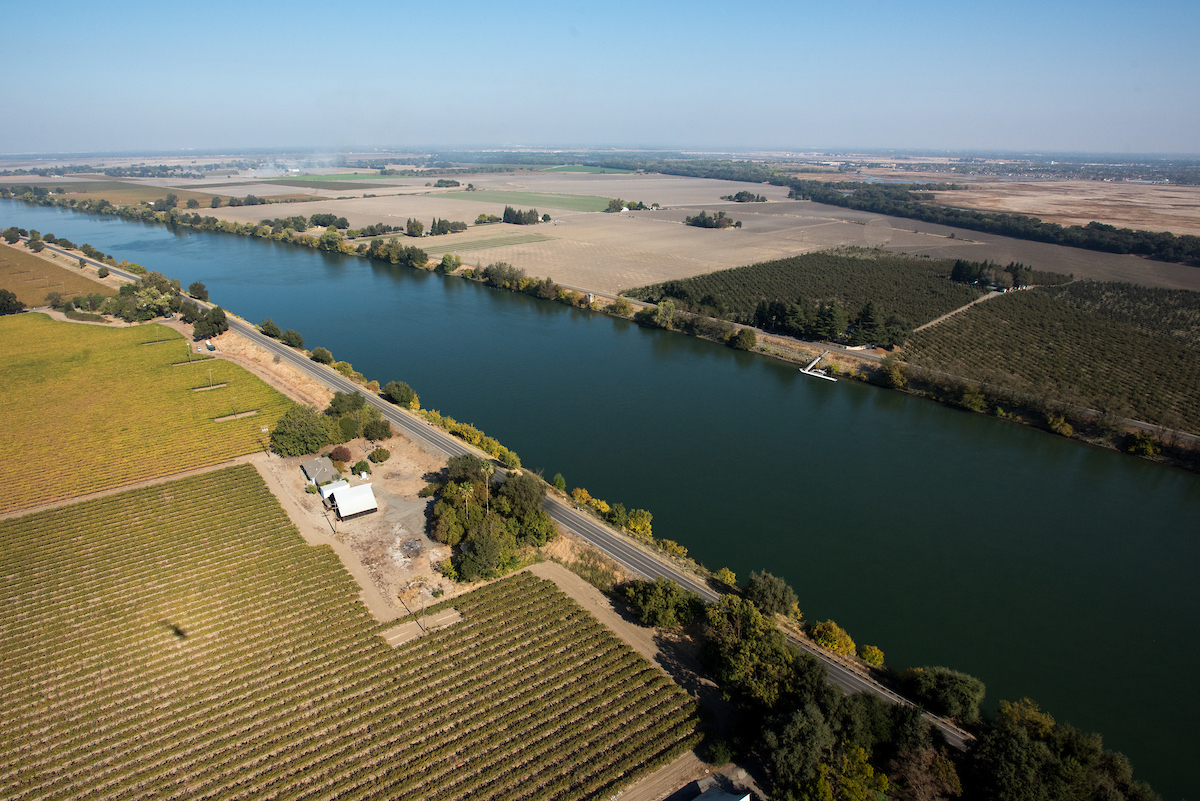Gavin Newsom’s Delta tunnel plan is out, rekindling a century-old debate about the diversion of Sacramento River water to the southern two-thirds of the state. This transfer has in fact been going on for decades, by means of improvised plumbing that is inefficient, ecologically destructive, and now at risk from sea level rise. As an aid in assessing the latest proposal, the California Water Library commissioned author John Hart to review the tunnel plan’s many predecessors and the concerns that have so far blocked the realization of any of these big ideas.
Chief among those concerns is the sheer size of proposed new waterworks and the amount of water they would be capable of moving. For all its drawbacks, the present system puts a physical cap on the amount that can be transported, and thus guarantees a certain outflow to San Francisco Bay. Loosen that cap, as most plans would, and the southward flows will be controlled only by laws, regulations, legal decisions, and, indeed, politics: controls that have not evolved to match the growing expertise of the engineers.
Partly in response to such fears, successive plans have dwindled in scale. Newsom’s tunnel could carry 6,000 cubic feet per second, which, if used to the maximum, could deliver 4.3 million acre-feet per year. This amount is comparable to average exports over the years. The comparison is misleading, however, because the tunnel will not replace the old, more problematic method of transfer, but only supplement it; the two methods combined could boost the total export and, as the new DEIR confirms, further reduce outflow to the Bay.
The document focuses on the years until 2040, a brief span in a rapidly changing world. With the rising tides expected after mid-century, it is questionable how long this “dual conveyance” can continue. The DEIR has surprisingly little to say about the longer term.
And so the debate resumes about sending Sacramento River water south to California’s largest cities and richest farms. How should we update old plumbing that is inefficient, hard on fish, and obsolescent in the era of climate change? How much water should continue to be moved? To inform the discussion, environmental historian John Hart reviews one hundred years of big plans, little plans, impassioned arguments, improvised solutions, unmet promises, changing attitudes, and ecological decline.




